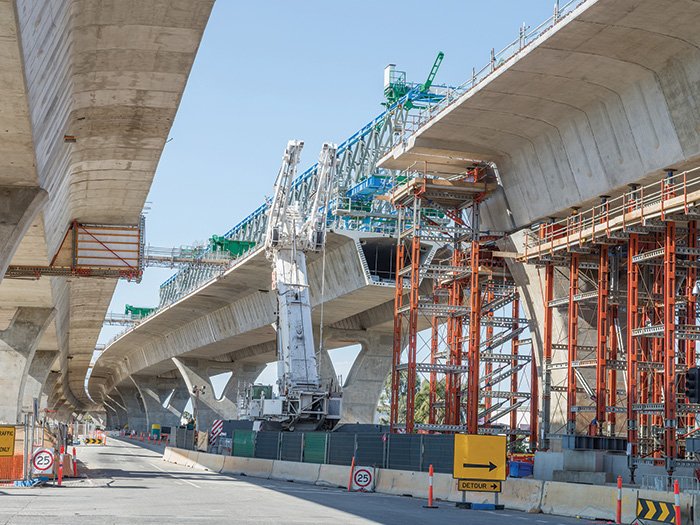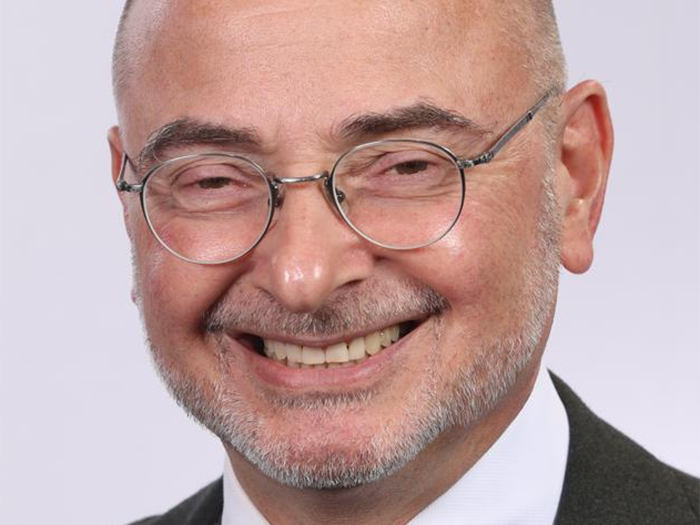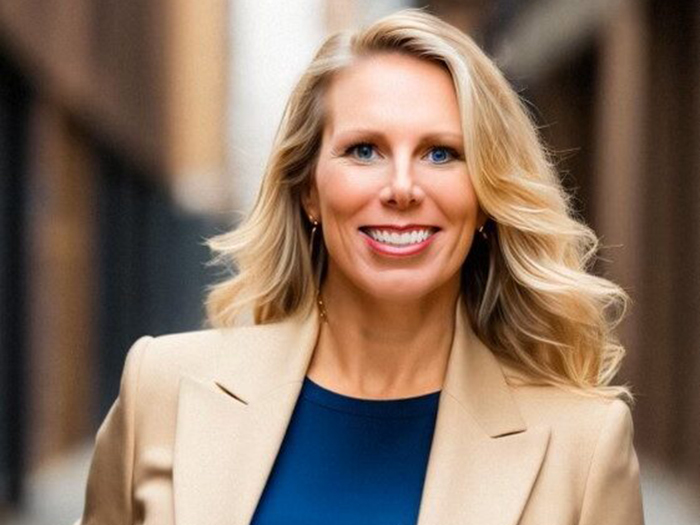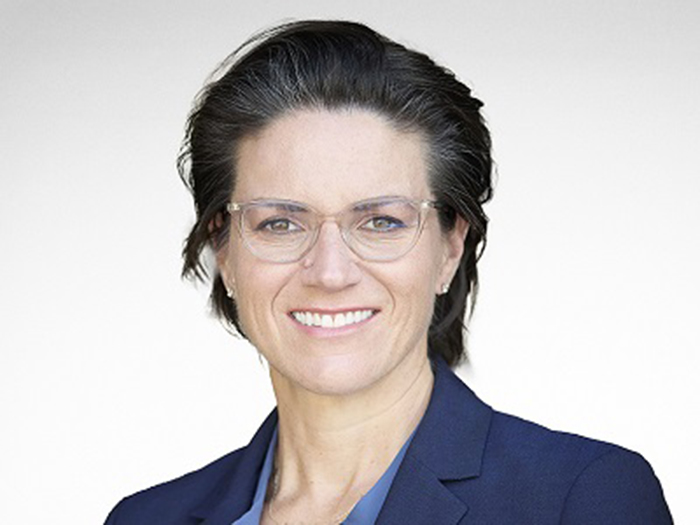Sponsored by K&K Insurance
Sports Facilities Need Specialized Expertise to Mitigate These 5 Critical Risks
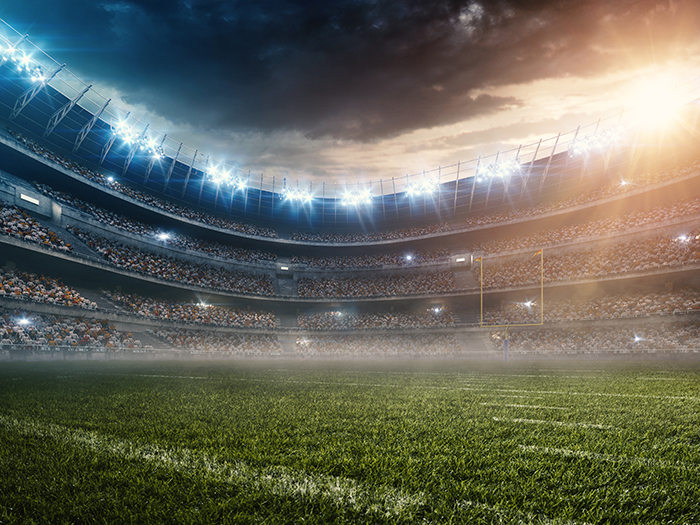
Sports facilities contend with a unique and multi-faceted set of exposures. Their risk profiles are a conglomeration of traditional property and hospitality risks, but with the added liability associated with keeping players and spectators as safe as possible.
Even within the sports sector, risks vary widely depending on whether a facility is a large arena hosting a professional league… or a local basketball gym hosting a youth summer skills camp.
One common factor, though, is that gathering large groups of people in one place for an extended period of time naturally creates more opportunities for loss events to happen.
“Some of the claims that we see, you wouldn’t see any place else outside of a sports and entertainment type of property,” said Lita Mello, Senior Vice President, Recreation Division, K&K Insurance.
No two facilities have the same risk management and insurance needs. These nuances demand a high degree of specialized expertise from underwriters and claims professionals.
Here are five common exposure areas sports facilities face, and why they need insurance providers with niche expertise:
1. Sexual Abuse and Molestation Allegations

Lita Mello, Senior Vice President, Recreation Division, K&K Insurance
The #MeToo movement ushered in a new era of awareness. Today, people are more likely to come forward and be vocal about their experiences, more likely to be believed, and more likely to bring claims – even claims stemming from abuse that happened many years ago.
Legislative changes are making it easier for victims to bring charges relating to decades-old incidents. In September of this year, for example, the State of New York passed a new law extending the statute of limitations from five years to 20 for second-degree rape and from five years to 10 for third-degree rape.
New Jersey, Maryland, Vermont, Washington and Tennessee are just some other states that have passed or proposed similar laws.
While that’s good for the safety of society in general, it does mean that sports facilities could see a spike in these claims in the near future – particularly facilities working with youth teams.
“This risk applies to both adults and children, but the risk is intensified when youth are involved,” said Travis Walker, Senior Underwriter, Recreation Division, K&K Insurance. “Facilities should ask themselves if they have done and are doing everything they can to protect children and ensure the safety of their staff and players.”
2. Concussion Claims
The scientific and medical communities are finally developing a better understanding of concussions and their long-term effects. This has led to the development of better safety protocols.
But more knowledge may be a double-edged sword from a liability perspective. Because players, coaches and medical professionals can better identify and diagnose a concussion and its health consequences, more players are likely to bring claims against their leagues for negligence.
Generally, these claims affect teams more so than the physical sports facility, but facilities can still be drawn into the fray and need their own insurance protection.
The challenge here is twofold.
For one thing, many products on the market are inconsistent in their approach to brain injury liability. Some exclude claims relating to concussions and traumatic brain injuries altogether, others sublimit coverage, and others have no limitations at all.
“It is incumbent upon facilities to know what kind of coverage is held by the leagues and teams they host and ensure there are no gaps between that and their own premises liability coverage,” Mello said.
3. Foodborne Illness
Sports are often synonymous with entertainment, and that means most facilities have some type of food operation. The scale of that operation and the liability attached to it run the gamut from a single food stall selling hot dogs and hamburgers to the full-blown culinary experiences available at major stadiums today.
Unfortunately, larger facilities may find it more difficult to enforce food safety protocols at all establishments.
Over 2016 and 2017, 16,900 health inspections were conducted at more than 100 MLB, NHL, NFL and NBA stadiums. Of those inspections, 28% resulted in high-level violations, meaning they present a real potential to spread a foodborne illness.
The violations included leaving foods unrefrigerated for too long, improper handwashing techniques, and on the more severe end, serving food with live cockroaches inside. If spectators or players become sick due to health code noncompliance, the resulting claims can be substantial.
4. Inadequate Security
Large crowds can make sports facilities targets for people seeking to cause harm on a mass scale. Especially after high-profile attacks at similar venues like the Manchester Arena, stadiums have to be on guard.
“They have to vigilant in making sure that people aren’t getting in who shouldn’t be, and that no one is bringing in any kind of weapon. That’s harder to do at the smaller, non-professional complexes that perhaps don’t have a security staff or screening equipment,” Walker said.
A smaller but still pertinent issue is making sure that flared tempers don’t turn into physical altercations.
“Maybe you’re watching a game or a concert and people next to you are being disorderly, aggressive or threatening. When you put a bunch of people in one place for hours, things can happen. There needs to be a way to de-escalate situations quickly,” Walker said.
Facilities can be held liable for any violence if a claimant can show that the facility reasonably could and should have done more to prevent it.
5. ADA Violations
Newer facilities generally comply with the Americans with Disabilities Act and have made accessibility a central component of structural design. Older facilities, however, especially those with more limited resources, may have difficulty completing the renovations necessary to bring a building up to code.
Even in cases where a facility has fulfilled every regulatory requirement, unforeseen circumstances could leave them exposed to ADA claims.
“You may have the necessary number of handicap parking spaces, but still run out. You may have a wheelchair accessible seating area that becomes full. What do you do with the overflow of people? Someone may end up seated behind a pole,” Walker said. “In other words, you can do everything right but still end up in situations where you’re accused of discrimination. It is a very difficult balancing act for the facility and facility owners.
Why Sports Specialization Matters
The exposures faced by any one sports facility will be unique, as will its approach to risk management and transfer. A deep understanding of each operation is necessary in order to build coverage that meets its needs.
“The types of facilities we insure are just far different than the standard property market,” Mello said. “Many of our underwriters specialize in unique areas of the sports and leisure business, whether they focus just on professional sports teams, amateur sport, or entertainment.”
K&K’s claims staff likewise specializes in sport and recreation. Especially in this sector, claims professionals have to be able to separate emotion from the facts of the case. When people get injured at something as innocuous as an afternoon baseball game, it’s human nature to sympathize with the claimant.
“They have the expertise to recognize what’s a defensible claim and what’s not. They know when to stand up for our insured facilities,” Mello said.
K&K’s policies for sports facilities include general and excess liability, property, crime, commercial auto and workers’ comp, among others. Several endorsements are available to customize coverage to a facility’s need which are broader than the industry standard.
“We’ve gotten submissions from very prominent complexes looking for very unique coverages. It may be challenging at time, but we always meet their needs,” Walker said.
To learn more, visit https://www.kandkinsurance.com/Venues/Pages/Venues.aspx.
This article was produced by the R&I Brand Studio, a unit of the advertising department of Risk & Insurance, in collaboration with K&K Insurance. The editorial staff of Risk & Insurance had no role in its preparation.





